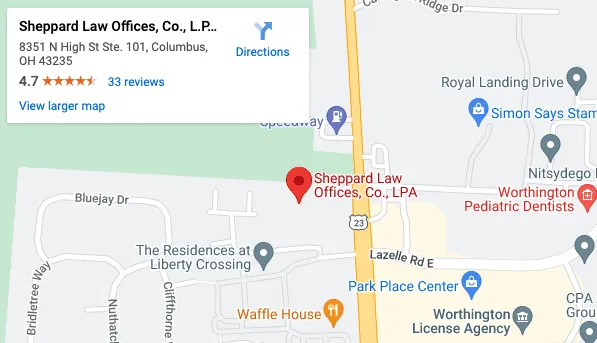Offer In Compromise

What is an Offer in Compromise?
Am I Eligible for an OIC?
Although receiving a reduced tax liability through the OIC may seem enticing, only a handful of applicants are awarded the Offer in Compromise each year. This is due to the fact that the OIC is a type of tax debt relief for taxpayers who cannot pay their full tax liability or in doing so creates financial difficulty. The IRS takes into a variety of factors when determining eligibility for an OIC including income, expenses, asset equity, and the individual’s ability to pay. To determine whether or not you are eligible for an OIC, the IRS website has a pre-qualifier tool.
How do I Submit my Offer for an OIC?
If you have decided to proceed with submitting your offer for an Offer in Compromise, there are a few things to consider. First, you must be financially struggling to pay the tax amount that is originally due. This means that you are currently not able to pay your tax debt in full or through an installment. Second, your offer must be an appropriate amount based on what the IRS considers to be your true ability to pay. Third, you must not be in an open bankruptcy proceeding. The full details of an OIC, along with form 433-A and 433-B can be found in the Form 656 Booklet: Offer in Compromise. You can then apply for an OIC by possessing the following:
- Form 656
- Form 433-A (OIC) completed
- Form 433-B (OIC) completed
- $186 application fee
- Initial offer payment
The application fee and initial offer payment can be waived if you qualify for the Low-Income Certification.

SETTLE YOUR DEBT AND TAX PROBLEMS Today!
Contact Us Now!
TAX
What are the Different Types of Payment Plans?
There are two major ways a payment can be made:
Lump Sum Cash
The application is submitted with an initial payment of 20% of the total offer amount. You will receive written confirmation if your offer is accepted by the IRS, at which point remaining balance on the offer is due in 5 payments or fewer.
Periodic Payment
The application is submitted with an initial payment of the offer. While the IRS is processing your application, you must continue to pay the monthly payments. If the offer is accepted during that time, then you can continue to pay your monthly payments until the tax debt is paid in full.
What Happens If my Offer is Accepted?
If your OIC offer is accepted by the IRS, then you must first meet all the offer terms listed in Section 8 of Form 656. This includes filing all the required tax return and making all payments. Any refunds due as a result of your offer being accepted is applied to your tax debt within the calendar year. Any federal tax liens are not released until your offer terms are fully satisfied. Lastly, certain offer information is made available publicly at designated IRS offices.
What Happens If my Offer is Rejected?
If your OIC offer is rejected, you can appeal the rejection within 30 days using a Request for Appeal of Offer in Compromise. This can be done with the Form 13711. You can use this Online Self-Help Tool provided by the IRS to help you appeal for your rejected offer.
How can I Increase my Chances for an IRS Acceptance of my Offer?
Does an Offer in Compromise Affect my Credit?
What are the Pros and Cons of an Offer in Compromise?
The OIC can provide substantial debt relief to taxpayers, but there are also drawbacks if your offer is rejected. Here are some pros and cons of applying for an Offer in Compromise.
Pros:
- Greatly reduced tax debt that matches with your ability to pay
- Ahold on collection activities of other creditors
Cons:
- A very low acceptance rate of OICs by the IRS
- Wasted time and resources trying to get an offer accepted by the IRS
- Perfect tax compliance for the next 5 years after your OIC gets accepted
What is The Offer in Compromise Acceptance-Based On?
There are three major grounds that an OIC is based on:
- Doubt as to collectivity: the IRS doubts that the taxpayer is able to pay the required tax in full, as they lack assets or income to do so. In other words, the IRS doubts that they will be able to collect the taxed amount in full.
- Doubt as to liability: When there is sufficient dispute on whether the IRS has correctly determined the amount owed by the taxpayer, the individual may get their offer accepted and receive a tax reduction.
- Effective tax administration: This is applied to individuals with the basis that there is no doubt to collectivity or liability of the required tax amount but doing so will put the taxpayer in a poor financial stance or create an unfair economic hardship.
How Does the IRS Evaluate an Offer in Compromise?
The IRS evaluates an OIC using a very specific formula. Primarily, they take the current financial status of the taxpayer into account and cross-reference it to the proposed offer for the OIC. The value suggested by the offer must be for a sum that is greater than the RCP, or Reasonable Collection Potential.
The RCP is the ability for the taxpayer to pay the original amount of tax they are liable for. This includes assets and monthly income, to name a few factors. They then take into consideration the three major grounds that the OIC is based upon: doubt as to collectivity, doubt as to liability, and effective tax administration. All in all, the IRS takes a wide range of factors and circumstances of the taxpayer into consideration and determines if they are eligible for an OIC.
What are Some Offer in Compromise Alternatives?
As receiving the OIC can be greatly difficult, there are some alternatives that is available to taxpayers who are facing a large amount of tax debt. One major way is to establish an installment agreement. This means that the IRS allows a taxpayer to pay their tax liability over a fixed term. This lightens the burden of having to pay a large lump sum of money to the IRS for the taxpayer while ceasing all collection action that may be at hand.
Another way to settle a tax debt with the IRS is to gain non-collectible status. This results in the IRS suspending collection activity under specific circumstances. This alternative is considered a final resort when all other viable options have been implemented with no results. This can be a very complex procedure and is strongly advised that you seek professional assistance in establishing a non-collectible status.
Why shouldn’t I Resolve my Tax Issues on my Own?
As with all important matters in life, obtaining the best results for any problem can be possible when the best resources have been used to overcome the situation. Not everyone knows the specific details of the government tax system and facing a tax issue with lack of information can result in even more tax problems for you. With an OIC being accepted as difficult as it is already, getting assistance from a tax professional or tax attorney will greatly help your chances.
Contact the Tax Professionals at Sheppard Law Offices
Are you unable to pay your taxes? Don’t know what option will best suit your case? Not to worry. at Sheppard Law offices we are trained for all tax laws nationwide. We can help anyone in America with their back-tax issues and get you the best tax settlement available.
We also have 5 convenient locations for residents in Ohio.





